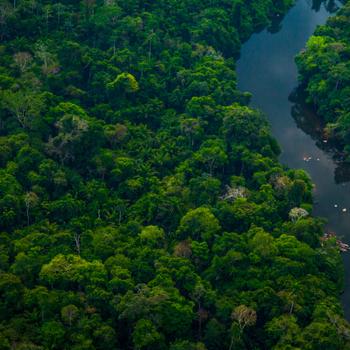The climate crisis has arrived.
We have a solution.
The climate crisis has arrived.
We have a solution.








